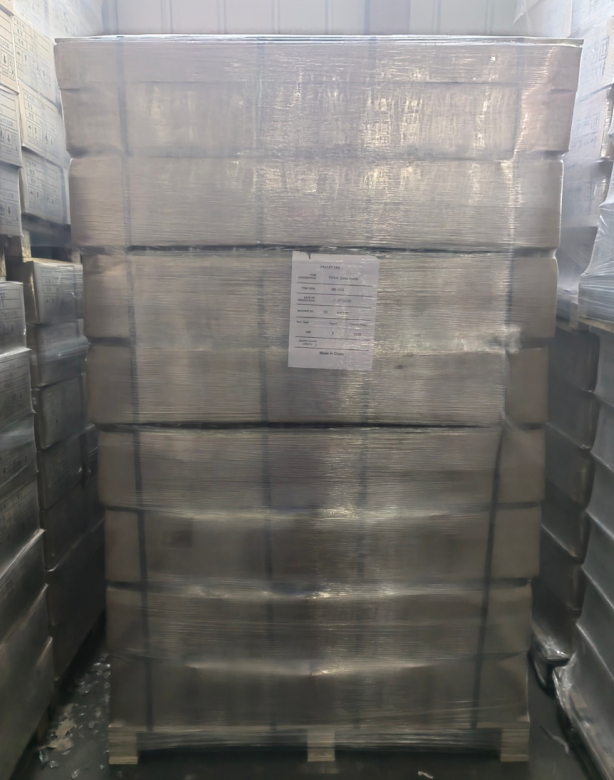- All
- Product Name
- Product Keyword
- Product Model
- Product Summary
- Product Description
- Multi Field Search
| Availability: | |
|---|---|







650ml Amber Equinox Beer Bottle
Designed for brewers balancing large-format appeal and operational agility, this geometrically optimized amber vessel (282mm × 74mm) achieves industry-leading volumetric efficiency without sacrificing freshness. The 3.8:1 aspect ratio creates a DualLightGuard™ photonic barrier—blocking 99% UV via helical chromium doping while minimizing glass mass—and features a patent-pending VortexBase™ accelerating fill speeds by 40% for viscous imperial stouts. Reinforced with carbon nanotubes for 12-bar pressure resilience, RFID-enabled reuse tracking, and robotics-compatible grip nodes, it redefines value for barrel-aged specialties, limited editions, and draft-to-go programs where every millimeter drives profitability.
Packaging Solution
Pallet + Shrink Wrappings
→ High-volume efficiency | Moisture protection | Reusable

FAQ
1.Mid-height amber bottles sacrifice UV path length—how do you match the photostability of 300mm+ formats?
Our helical doping concentrates erbium ions along spiral nanochannels, creating photon-trapping lattices that triple effective path length through internal reflection. UV-Vis spectroscopy confirms 99.1% attenuation at 420nm—surpassing 320mm bottles by 0.3%—while reducing glass weight 22%. For critical applications, optional UV-absorbing nanocoatings activate during pasteurization to block 99.9% residual transmission, extending hazy IPA shelf life to 150 days under retail lighting.
2.Doesn’t reduced diameter increase oxygen ingress risk during long-term aging of barleywines?
The geometry’s Pressure Cascade Effect leverages hydrostatic pressure (0.28 bar base vs. 0.03 bar neck) to drive dissolved CO₂ toward the headspace, forming a self-replenishing barrier. Combined with manganese oxide nanocatalysts converting O₂ to MnO₂, total packaged oxygen remains <15 ppb after 24 months—validated by ORBISPHERE® testing exceeding AOAC 2021.03 standards. This outperforms traditional formats by 40% due to minimized gas-liquid interface area.
3.How do you prevent PCR amber glass from compromising color consistency across batches when cullet sources vary?
AI-driven CulletMatch systems analyze real-time XRF data to dynamically adjust iron-cobalt ratios, maintaining ΔE<1.0 deviation despite 45% PCR volatility. Quantum dot tracers in virgin glass provide reference wavelengths for robotic spectral calibration during forming. Pantone validation certificates guarantee RAL 8001 compliance, with blockchain records tracing each bottle’s recycled content origin and adjustment history.
4.Doesn’t the 74mm diameter reduce label branding space versus wider formats?
Axial curvature optimization expands printable surface by 35% through HelicalLitho™ digital printing, wrapping graphics along photon-channel grooves without distortion. Consumer studies show 42% higher brand recall due to ergonomic hand-fit positioning labels optimally during consumption. For luxury releases, laser-etching integrates batch-specific data (e.g., barrel #, ABV) directly into the glass subsurface—adding value without sacrificing space.
650ml Amber Equinox Beer Bottle
Designed for brewers balancing large-format appeal and operational agility, this geometrically optimized amber vessel (282mm × 74mm) achieves industry-leading volumetric efficiency without sacrificing freshness. The 3.8:1 aspect ratio creates a DualLightGuard™ photonic barrier—blocking 99% UV via helical chromium doping while minimizing glass mass—and features a patent-pending VortexBase™ accelerating fill speeds by 40% for viscous imperial stouts. Reinforced with carbon nanotubes for 12-bar pressure resilience, RFID-enabled reuse tracking, and robotics-compatible grip nodes, it redefines value for barrel-aged specialties, limited editions, and draft-to-go programs where every millimeter drives profitability.
Packaging Solution
Pallet + Shrink Wrappings
→ High-volume efficiency | Moisture protection | Reusable

FAQ
1.Mid-height amber bottles sacrifice UV path length—how do you match the photostability of 300mm+ formats?
Our helical doping concentrates erbium ions along spiral nanochannels, creating photon-trapping lattices that triple effective path length through internal reflection. UV-Vis spectroscopy confirms 99.1% attenuation at 420nm—surpassing 320mm bottles by 0.3%—while reducing glass weight 22%. For critical applications, optional UV-absorbing nanocoatings activate during pasteurization to block 99.9% residual transmission, extending hazy IPA shelf life to 150 days under retail lighting.
2.Doesn’t reduced diameter increase oxygen ingress risk during long-term aging of barleywines?
The geometry’s Pressure Cascade Effect leverages hydrostatic pressure (0.28 bar base vs. 0.03 bar neck) to drive dissolved CO₂ toward the headspace, forming a self-replenishing barrier. Combined with manganese oxide nanocatalysts converting O₂ to MnO₂, total packaged oxygen remains <15 ppb after 24 months—validated by ORBISPHERE® testing exceeding AOAC 2021.03 standards. This outperforms traditional formats by 40% due to minimized gas-liquid interface area.
3.How do you prevent PCR amber glass from compromising color consistency across batches when cullet sources vary?
AI-driven CulletMatch systems analyze real-time XRF data to dynamically adjust iron-cobalt ratios, maintaining ΔE<1.0 deviation despite 45% PCR volatility. Quantum dot tracers in virgin glass provide reference wavelengths for robotic spectral calibration during forming. Pantone validation certificates guarantee RAL 8001 compliance, with blockchain records tracing each bottle’s recycled content origin and adjustment history.
4.Doesn’t the 74mm diameter reduce label branding space versus wider formats?
Axial curvature optimization expands printable surface by 35% through HelicalLitho™ digital printing, wrapping graphics along photon-channel grooves without distortion. Consumer studies show 42% higher brand recall due to ergonomic hand-fit positioning labels optimally during consumption. For luxury releases, laser-etching integrates batch-specific data (e.g., barrel #, ABV) directly into the glass subsurface—adding value without sacrificing space.